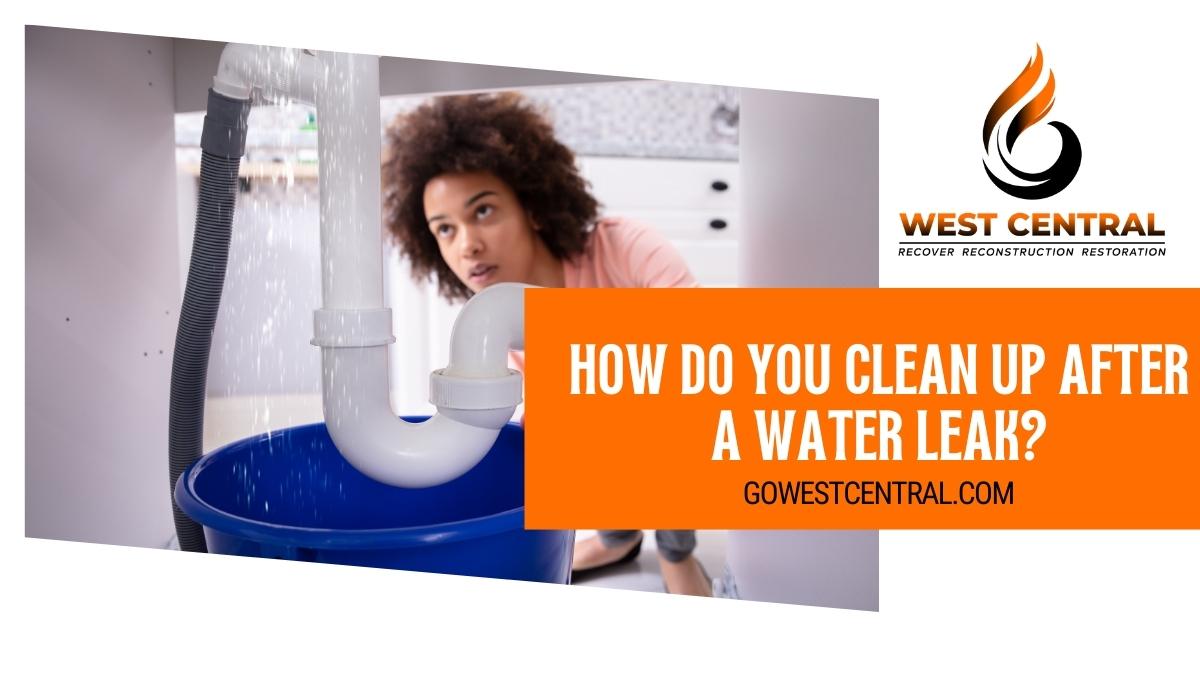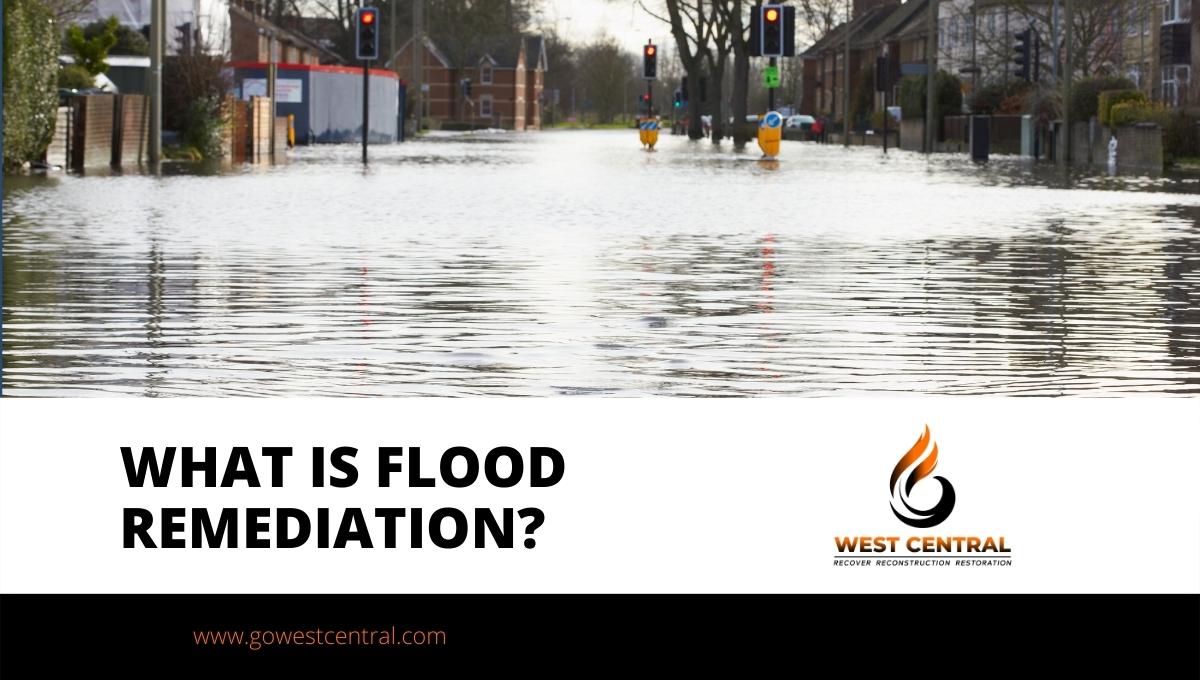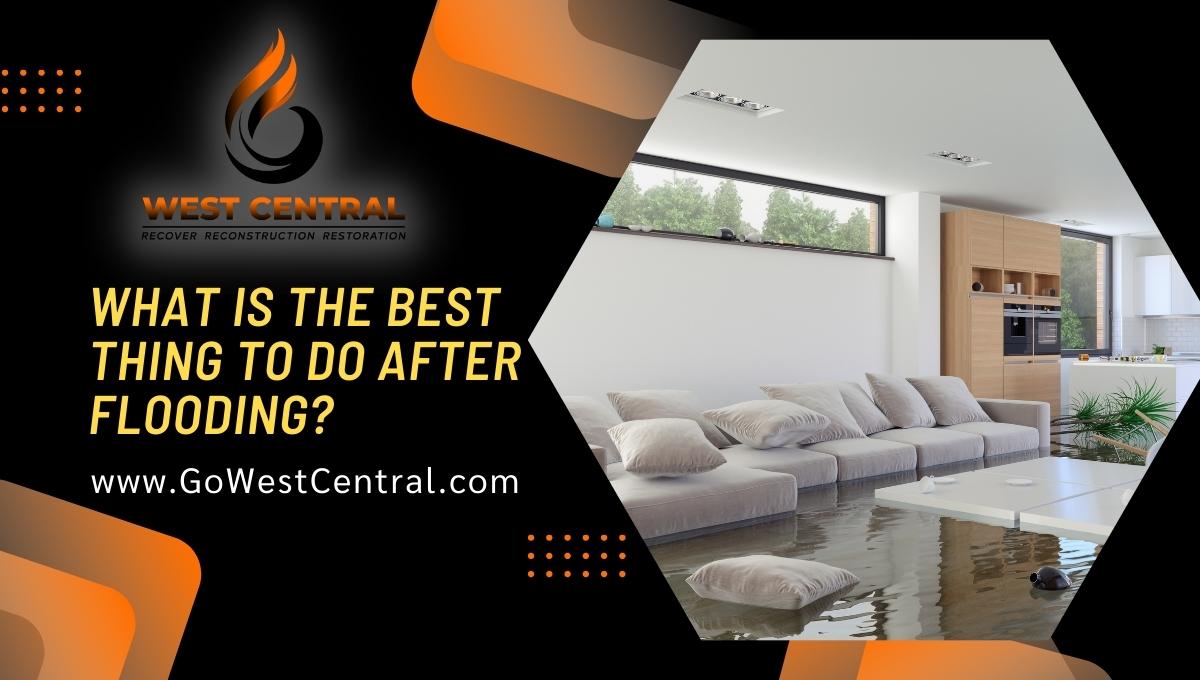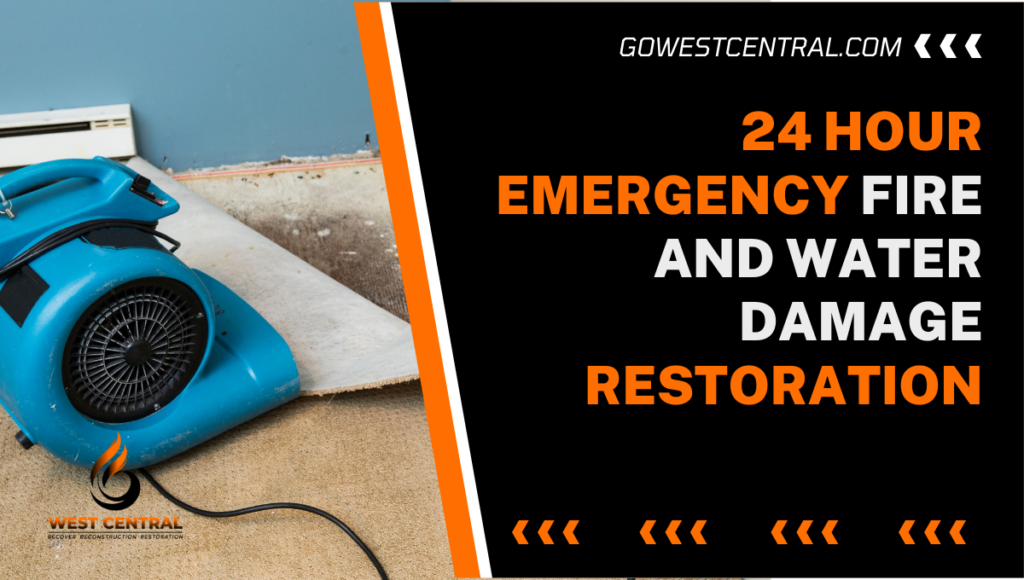 Any water leak in your property is likely to leave a big mess. And so while your plumber will do the necessary repairs to have your plumbing system working well again, you’ll need to clean up and dry things out after the leak. Because water can quickly cause serious damage, the cleanup should start as soon as possible.
Any water leak in your property is likely to leave a big mess. And so while your plumber will do the necessary repairs to have your plumbing system working well again, you’ll need to clean up and dry things out after the leak. Because water can quickly cause serious damage, the cleanup should start as soon as possible.
For a small leak affecting a small area, typically limited to one room, you can do the cleanup yourself. But if there is a massive leakage that is affecting several rooms or has gone unnoticed for over 8 hours, then you’ll need the help of a professional water mitigation team with specialized equipment.
So how do you clean up after a water leak?
- Your safety comes first
The water-damage structures may not be safe. So you must be completely sure that the structures are safe before you do any leakage cleanup. For example, if there is unusual noise or shifting, then you should leave the structure immediately and have professionals assess the structure.
But if the structure is safe, you can proceed with water leakage cleanup. And just before you do anything, wear rubber gloves, rubber boots, dust masks, and eye protection device to shield yourself from potential infection or injury.
For a flood that is several inches deep and is above the power outlet line or has occurred near an electrical appliance, make certain to shut off power to the property to prevent the risk of electrocution. You may need to call an electrician if the circuit-breaker box is out of reach.
You may also need to call your plumber or gas utility to relight or replace submerged parts of your gas water heater to avoid disaster.
- Salvage valuable items
With your safety guaranteed, your next step is to remove important possessions from the affected area. Take out furniture, soaked carpets and other removable items from the flooded area.
If you do this quickly, you’ll be able to salvage a good number of your valuable items. Of course, some items may not be salvageable depending on how much water they absorbed. But removing them also clears up space, allows you to work more efficiently, and prevents the growth of mold and mildew.
Later on, you’ll need to disinfect these items—anything that touches standing water must be disinfected. Plus, you’ll need to keep your sofa and chair skirts and draperies from touching wet surfaces.
- Removing standing water
Use towels and a mop to remove any water that remains on the floor. As an alternative, you can use a wet-dry vacuum to remove a couple of inches of standing water. You can rent a wet vacuum from your nearby hardware or home improvement store if you don’t own one. But if the standing water is deeper, call for professional help.
For roof leaks, you can poke a hole in the sagging ceiling to prevent collapse then use a bucket to collect the draining water.
- Freshen things up indoors
Clear indoor and outdoor drains to ensure any standing water flows out. And if the weather permits, you should open doors, windows, closets, and storage spaces to bring in fresh, dry air. This will allow everything to dry thoroughly. Avoid occupying until 10 hours after drying is complete.
Also, run fans and a dehumidifier in the affected area to ensure moisture is completely removed from your home and does not end up penetrating furnishings.
To disinfect affected surfaces, use hot water and soap to scrub walls, floors and any other surfaces people are likely to touch. Then sanitize the cleaned surfaces with a disinfectant solution prepared by adding 1 ounce household bleach to 4 gallons of water.
- Thoroughly inspect your property
You have dealt with the present problem, but you must also take steps to prevent a future leakage. So make sure to inspect the roof for leaks or damages, particularly areas around vents. Check gutters, downspouts, and all basement windows.
It’s equally important to check the grade of your property to ensure it slopes away from its foundation—use fill dirt to eliminate low areas. And seal basement cracks with hydraulic cement or masonry caulk. Elevating furniture and valuable items stored in basement blocks or shelves also helps in case of small leaks.
Make sure to check with your home insurance company the details of your policy coverage and the specific filing requirements. Keep all receipts with you. Likewise, only invite professional inspectors or engineers to your property when you suspect structural damage. For issues with trees, call a trained arborist.
Exceptional, professional water damage cleanup
For a massive plumbing accident with widespread water damage, you’ll need to contact a professional restoration company. At West Central Equipment and Restoration, we are skilled and experienced in flood water cleanup and will help you salvage precious items and prevent mold growth through a swift, methodical flood damage restoration process.
Call us if you suspect that water has seeped into the drywall or sub-flooring of your property. And even in a case of a small leakage, you should call us to help you if the leak has taken several hours and porous materials have been exposed to water saturation.
With our advanced imaging technology, moisture readers and professional-grade drying equipment, we will help prevent secondary damages from becoming a bigger issue. In turn, we help protect your health and ensure longevity of the structural integrity of your property.
For more information on water damage restoration and mitigation, visit West Central Equipment and Restoration https://gowestcentral.com/









 Flooding in your home is a distressing and devastating circumstance. It is never easy to see your home that you’ve worked hard on building get damaged, or worse, destroyed.
Flooding in your home is a distressing and devastating circumstance. It is never easy to see your home that you’ve worked hard on building get damaged, or worse, destroyed.

